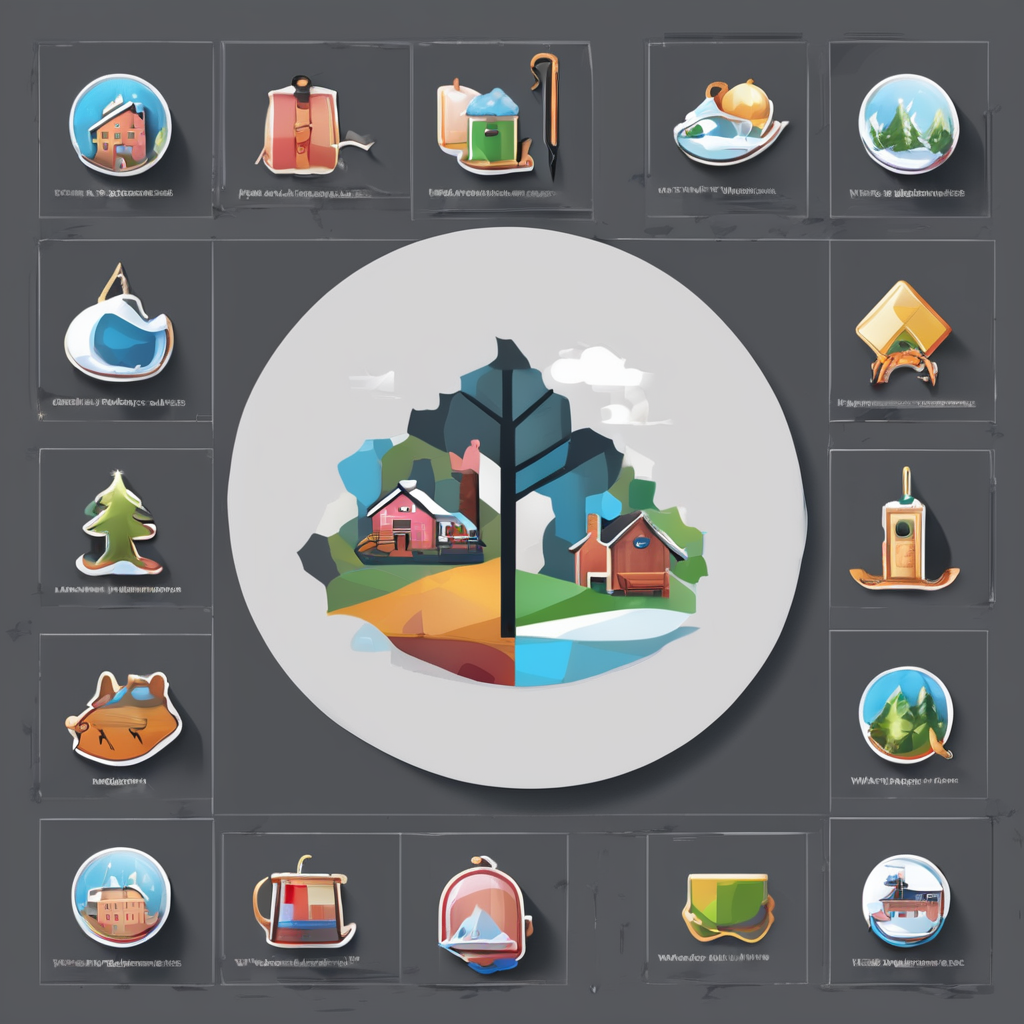Understanding Soil Erosion in Sloped Gardens
Soil erosion is a natural process where the top layer of soil is worn away, often exacerbated by wind and water. Sloped gardens are particularly susceptible as gravity aids in the soil’s displacement. This phenomenon can significantly impact the health and productivity of gardens, directly affecting plant growth and soil fertility.
In the context of the UK, addressing soil erosion becomes even more crucial due to the region’s typical climate. Frequent rain spells, combined with steep gradients, increase runoff, thus intensifying erosion. This leads to nutrient depletion and hampers the garden’s overall structure. Ensuring proper management practices is vital to maintain the ecological balance of sloped gardens, safeguarding against severe soil degradation and ensuring plant vitality.
Also read : Boosting indoor greenery: can led grow lights transform uk houseplant growth?
Effective Planting Techniques
In sloped gardens, effective planting techniques play a crucial role in minimizing soil erosion and fostering a thriving ecosystem. One of the most efficient strategies involves the use of native plant species. These plants are adapted to the local climate and soil conditions, providing robust root systems that help anchor the soil.
Selecting Native Plant Species
Native plants are not only well-suited to withstand the UK climate, but they also require less maintenance and are more resilient to local pests and diseases. Their deep roots stabilize the soil, preventing displacement and maintaining garden structure.
In the same genre : Protect your uk garden: effective strategies to keep wildlife pests at bay
Benefits of Cover Crops
Incorporating cover crops is another effective way to combat erosion. These plants serve as a protective layer, shielding the soil from the direct impact of rain and wind. They improve soil health by enhancing its organic matter content, which boosts fertility and aids in water retention.
Strategic Planting Patterns
Implementing strategic planting patterns can further optimize erosion control. By utilizing deep-rooted plants and alternating rows, water runoff is diffused, reducing its erosive power. Enriching the soil with organic materials also strengthens its structure, providing a resilient barrier against erosion forces.
Implementing Landscape Design Strategies
Implementing effective landscape design strategies is crucial in managing soil erosion in sloped gardens. By incorporating thoughtful design elements, it’s possible to not only enhance the garden’s aesthetic value but also significantly reduce erosion risks.
Introduction to Terracing
Terracing is a popular design choice for sloped gardens, transforming steep gradients into a series of flat platforms. This reduces soil erosion by slowing down water runoff and allowing it time to infiltrate the soil. Terraces can also be aesthetically pleasing, providing structured levels for planting.
Creating Retaining Walls
Retaining walls play a vital role in stabilizing soil in sloped areas. Constructing these walls helps to physically support the soil, preventing it from being washed away. They can be made from various materials such as stone, wood, or concrete, and also serve to add a structural element to the garden design.
Utilizing Contour Planting
Contour planting is an effective strategy to manage water flow and soil stability. By planting along the natural contours of the land, gardeners can create mini-barriers that slow down water movement, reducing erosion. This technique, coupled with deep-rooted plants, maximizes water retention and keeps soil intact.
Maintenance Practices for Erosion Control
In sloped gardens, adopting comprehensive maintenance practices is indispensable for effective erosion control. Such practices aim to sustain soil health and ensure ongoing prevention of soil displacement.
Regular Soil Testing
Conducting regular soil testing is essential for maintaining soil health in sloped gardens. It helps identify nutrient deficiencies and pH imbalances, allowing for timely interventions. Testing provides precise data about soil composition, making it easier to choose appropriate fertilizers and amendments to promote plant growth and soil stability.
Mulching Techniques
Mulching is another crucial practice that offers protection against erosion. By applying organic materials like shredded bark or straw, mulching covers the soil, reducing moisture loss and regulating temperature extremes. It serves as a barrier against rainfall impact, thereby diminishing the speed of surface runoff and preserving soil integrity.
Irrigation Management
Proper irrigation management is vital to prevent overwatering and minimize runoff. Effective irrigation systems distribute water evenly, preventing excessive soil saturation that leads to erosion. Incorporating rain gardens can also be a natural solution, as they capture runoff, allowing it to infiltrate slowly, reducing erosion and promoting groundwater recharge.
By addressing these maintenance practices, gardeners can bolster erosion prevention efforts, ensuring a thriving and stable garden environment.
Community and Professional Resources
Navigating soil erosion in sloped gardens can be challenging, particularly when factoring in the unique contours and weather patterns of certain regions, such as the UK climate. Utilizing a combination of local resources and professional input enhances the likelihood of successful erosion management.
Connecting with Local Gardening Groups
Establishing connections with local gardening groups provides valuable insights into regional soil erosion challenges. These groups often comprise experienced members who understand the intricacies of sloped gardens in the specific area. Sharing advice and collaborating on community projects fosters a more informed approach to gardening and environmental preservation.
Accessing Expert Landscapers
Consulting with professional landscapers allows garden enthusiasts to gain tailored strategies for erosion control. Landscapers leverage their expertise in evaluating the gradient, soil type, and potential water flow patterns. They can recommend custom solutions like terracing or retaining walls that best suit the garden’s topography, ensuring both functionality and aesthetic appeal.
Educational Workshops and Resources
Participating in educational workshops or utilizing available resources equips gardeners with contemporary knowledge on combating soil erosion. Workshops often feature seasoned experts who discuss innovative practices like contour planting or integrating native plants. Continuous learning through these platforms keeps gardeners updated with the best practices, facilitating adaptation to changing climates and evolving environmental concerns.
In sum, leveraging community knowledge and professional expertise, supported by educational opportunities, forms a robust foundation in addressing and mitigating soil erosion challenges in sloped gardens.




